Safety in Colombia: How to Avoid Drugs, Gangs and Harassment
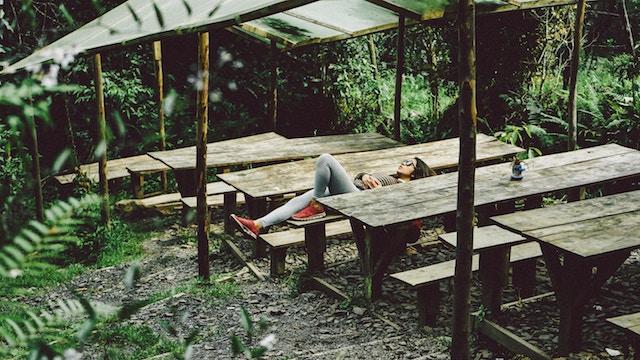
 I want to address most people’s first thought when someone mentions Colombia: safety. In my experience, safety in Colombia is inevitably what people bring up when you discuss your plans to move there – particularly the older generation.
I want to address most people’s first thought when someone mentions Colombia: safety. In my experience, safety in Colombia is inevitably what people bring up when you discuss your plans to move there – particularly the older generation.
Colombia is a bit of a dichotomy: on the one hand, most of what our parents’ generation have ever read about Colombia involves the violent civil war during the 60s and 70s, the increasingly bloody drug trade in the 80s and 90s, and the huge spate of kidnappings, culminating in the death of the notorious Pablo Escobar.
One the other hand, most young people with no memory of these blood-stained decades only know Colombia as the latest major tourist destination, particularly for young travelers in Latin America.
It’s clear that Colombia’s reputation for violence, kidnapping and guerrilla warfare will be hard to shake.
Nowadays when we read of Colombia in the media, we read increasingly hopeful reports of the peace process taking place in Cuba between the FARC and the government. Medellin, once a byword for violent gang warfare and battles over the drug industry, was chosen as the world’s most innovative city last year, and is one of the best South American cities to live in.
The Caribbean coastal destinations of Cartagena and Santa Marta have become increasingly popular as holiday destinations. In fact, the tourist board of Colombia directly addresses the changes in the country; their new slogan reads something like “…the only risk is wanting to stay.”
Nevertheless, it’s clear that Colombia’s reputation for violence, kidnapping and guerrilla warfare will be hard to shake. And it’s also clear that, despite the increasing stability of the country and the developed cities, that some safety concerns must be addressed. Many of these could apply to any large city or Latin American country, but there are several issues of safety in Colombia that should be taken into account.
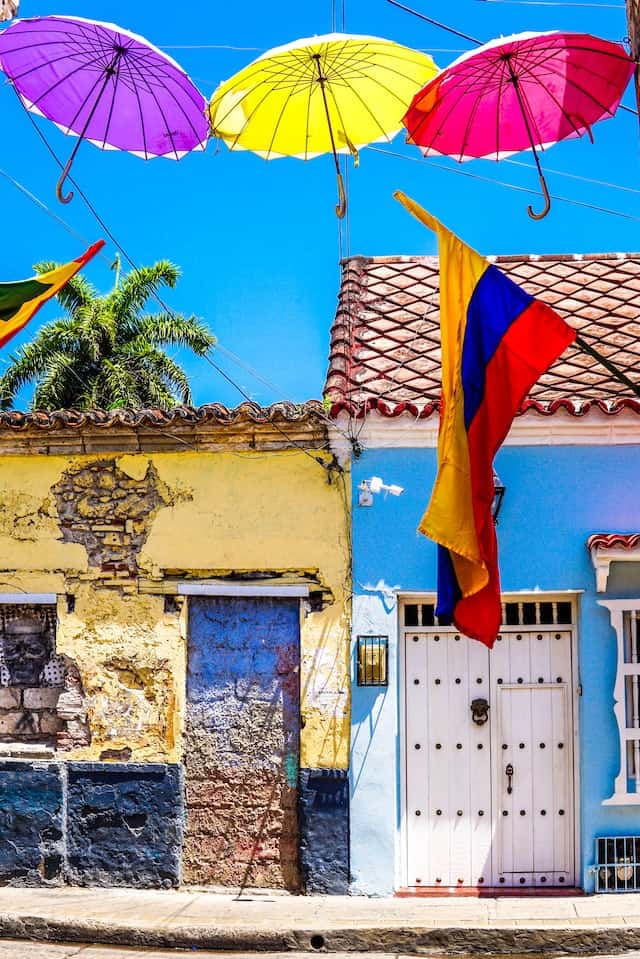
Drugs in Colombia
To start with, burundanga, or known in English as scopolamine – not to be confused with Bucaramanga, a major Colombian city – is also called “the devil’s breath.” This drug has been identified in the last few years as a tool being used in Colombia for criminal purposes.
The effects of the drug could come straight from a horror movie: a normal dose will leave you conscious and physically capable, but your will power is lost and you become utterly compliant with those who are trying to rob you. You could be led to an ATM and encouraged to withdraw large amounts of money. A larger dose could lead to unconsciousness, respiratory failure or even death.
Awareness is the key to avoidance in the case of burundanga. Common methods of administering the drug include drink spiking or fake cigarettes offered to the victim, so of course never leave a drink unattended, or accept a rolled cigarette from a stranger. A less common but still prevalent method is to approach the intended victim in the street, asking for help with something, for example directions.
Always be wary of any approach in the street, even an innocent looking one, and make sure you always pay attention to your surroundings.
A piece of paper holding the drug might be held up the victim’s face and blown towards them, so they inhale it. Always be wary of any approach in the street, even an innocent looking one, and make sure you always pay attention to your surroundings: someone could come too close behind you and blow the drug at you from there.
Somewhat unexpectedly, this drug is ordinarily used to target seemingly wealthy men by attractive young women. Nevertheless, it has also been used in lieu of a date rape drug. Always be aware of your surroundings and cautious with strangers.
If you feel that you have been the victim of a scopolamine attack, for example if you feel dizzy or breathless suddenly in the street, the best course of action is getting as far away as possible. The police advise running as fast and as far as you can, and then immediately checking yourself into hospital.
My personal advice, which is also useful for travelling to any destination, is a two bank account system. Keep most your savings in one bank account, and do not carry the bank card for it. In the other bank account, keep enough for day-to-day living and emergencies, and carry this bank card. When necessary, you can use online banking to transfer funds from one to the other. That way, if you are ever robbed at an ATM, like I was in Chile, you will not lose a substantial amount of money.
Colombia’s Public Transportation
In terms of getting around the cities, Medellín has an excellent Metro system, and Bogotá has frequent buses and a highly convenient Transmilenio, or tram / bus service. It is worth noting that the Transmilenio has just been identified by Reuters as the most dangerous transport system for women in the world, based on a recent survey, which asked how safe women feel.
The main concern is crowding: extremely overcrowded buses make pickpockets the biggest danger to consider. Zip up your bag and purse, and don’t carry anything in your pockets.I personally take the system every day, and have never had a problem, but would be wary of getting one after dark. When in doubt, always get a cab – they are extremely cheap and plentiful in Bogotá.
Taxis in Colombia
Having said that, another safety concern in big cities is taxi crime. Most Colombians are extremely wary of taxis– there have been too many cases of drivers in cahoots with criminal gangs and driving the victim into danger.
However, I would say that it is generally safe to hail a cab off the street in daylight, but early in the morning or after dark, it is essential to order a cab rather than flag one. I would also suggest that if you are travelling anywhere towards the suburbs, that you try and organise travelling with a companion.
Nevertheless, the rate of taxi crime is rapidly falling now that most people use apps such as Tappsi or EasyTaxi to order licensed cabs, through which you are given the driver’s name and license plates. If you have a smart phone, be sure to download these apps. If you don’t, you can always ask staff in a bar or a restaurant to order one for you.
Political Instability in Colombia
In Colombia, the cities are relatively safe. However, parts of the countryside are still home to the FARC guerrilla fighters, and should be avoided, particularly at night.
Near Buenaventura, Tumaco, Puerto Asis, Turbo and Aruaca are some places to highlight. The police department particularly advise steering clear of the rural areas near the borders of Panamá, Ecuador and Venezuela. Buses across the country are generally safe, but best taken during the day just in case.
Harassment in Colombia
One final point to address, pertinent to Latin America with its traditionally sexist and machista culture, is harassment from unknown men. This is extremely prevalent in major Colombian cities; foreign women in particular can expect frequent sexual remarks on the street. These are often surprisingly sinister and intimidating: many of my friends have reported insults and hissing as well as sexually explicit comments.
Rather than a smart or angry retort, the best thing to do is to walk on with no reaction whatsoever, and pretend to not understand, as confronting these men can often lead to unwanted aggression and more hassle.
Foreign women in particular can expect frequent sexual remarks on the street.
As with any major cities, always be aware of your surroundings and the way you present yourself. Always have emergency numbers on your phone and memorised, including the police and an ambulance service. Identify the nearest clinic, hospital, and police station in your area. Keep an eye out for C.A.I.s, or local police stands, which are far more numerous than major police stations.
Be aware of the dangerous neighbourhoods, or barrios, to avoid in any city. Don’t walk around with an expensive phone or iPod out. Know where you’re going, and if you don’t, nip into a shop or a café to check a map. Don’t flash your cash, don’t walk home after dark drunk and alone, or as the Colombians say – no dar papaya: don’t make yourself an easy target.
Safety in Colombia: How to Avoid Drugs, Gangs and Harassment
Related Reading
- 8 Must-Do Things in Medellin, Colombia
- 48 Hours in Salento, Colombia
- Safety, Romance and Health in Colombia: Dawn’s Tips
- Colombia Travel: Seeing Where Animals Roam Freely
- How to Heal Heartbreak in Cartagena, Colombia
- A Guide to Traveling Safely in Colombia
- Ignore the Media. Travel to Colombia!
- Why It Was So Hard to Leave South America
- Colombian Food: My Everyday Delights
- Dating Culture in Colombia: What You’ll Want to Know
Do you have tips for women travelers in Colombia? What were your impressions of the country? Email us at [email protected] for information about sharing your experience and advice with the Pink Pangea community. We can’t wait to hear from you.
Safety in Colombia: How to Avoid Drugs, Gangs and Harassment photos by Unsplash and Harriet Marsden.

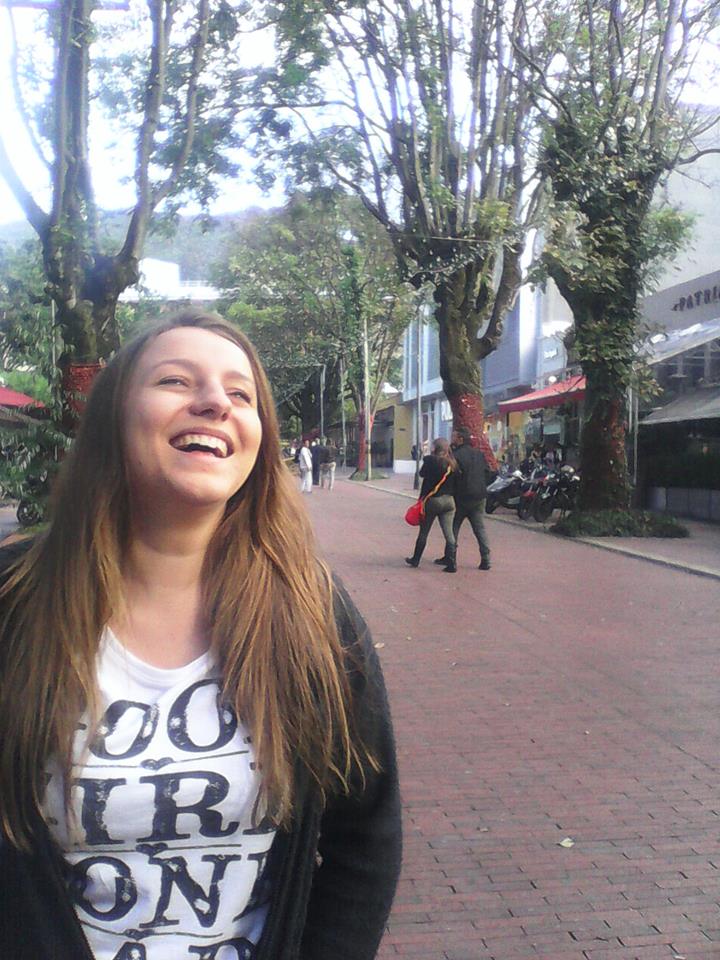
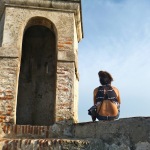
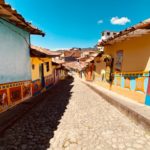
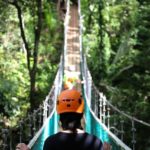
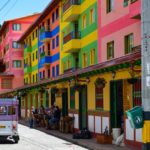


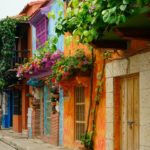

I always hear from other people in America that you should not be walking alone in the dark especially if you are a woman or a child.
Daytime or nighttime, always surround yourself with other people.
The more people you are around, the safer you can feel.